In today’s fast-paced industries, from manufacturing and warehousing to construction and logistics, businesses are under pressure to move materials more efficiently while reducing labor costs and improving safety. This has given rise to automated material handling systems (AMHS)—innovations that go beyond traditional manual material handling tools by leveraging robotics, AI, and smart technologies to optimize the movement, storage, and control of materials.
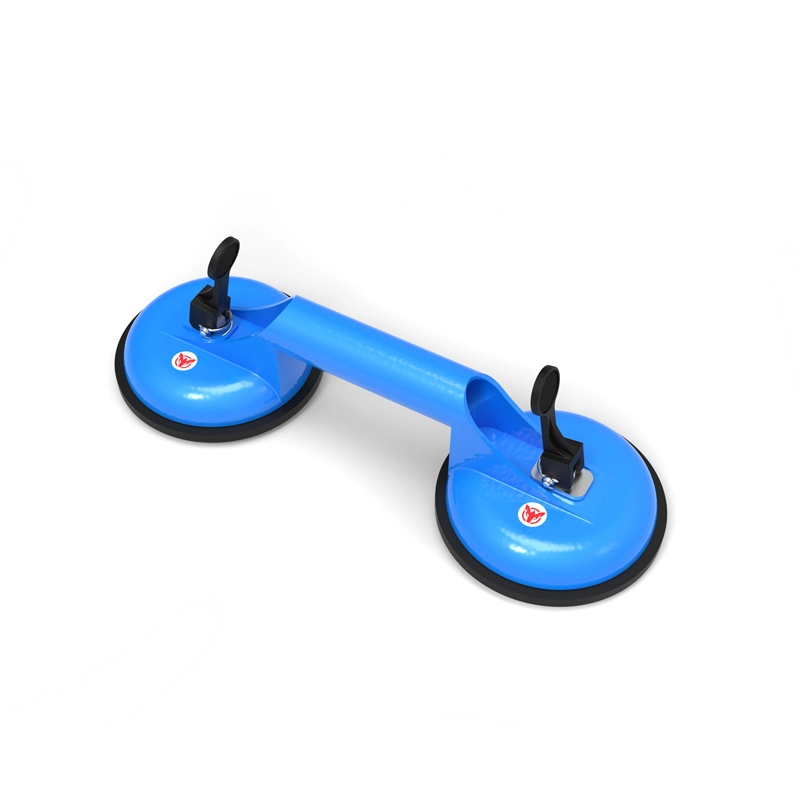
Table of Contents
ToggleDefining Automated Material Handling
Automated material handling refers to the use of advanced equipment and systems that reduce or eliminate human intervention in moving, storing, and managing goods. Unlike manual material handling tools, which rely on human strength and control, automated solutions integrate conveyors for material handling, automated guided vehicles (AGVs), robotic arms, overhead material handling systems, and smart cranes and hoists.
For a deeper understanding of the fundamentals, explore What Is Material Handling? Types, Equipment, Functions, Safety, and Warehouse Optimization.
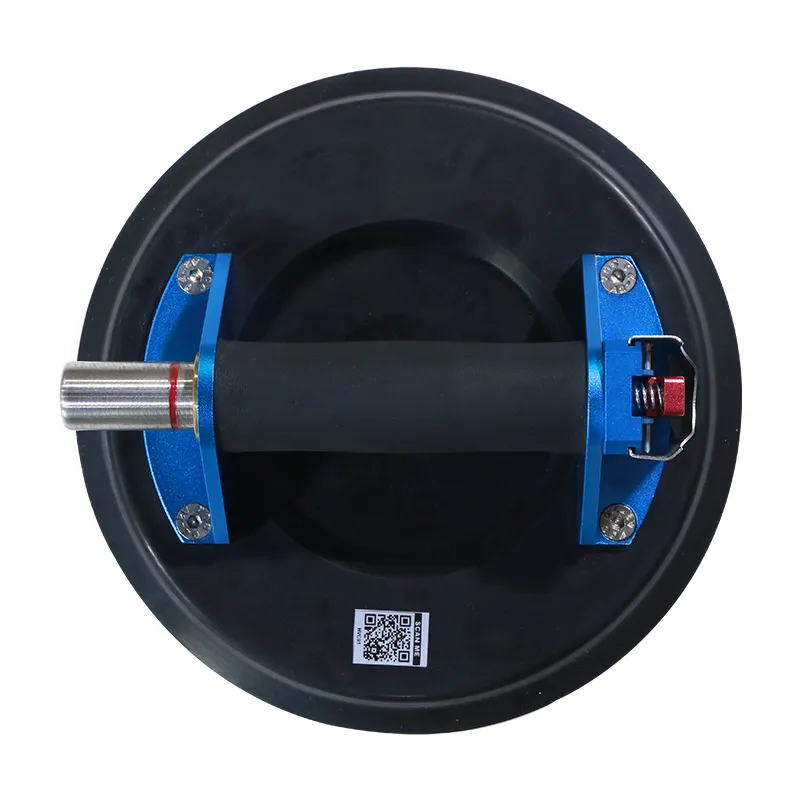
Key Components of Automated Material Handling Systems
- Conveyors for Material Handling
Automated conveyors transport items across production lines or warehouses with minimal human input, ensuring smooth flow and reducing bottlenecks. - Robotic Arms and End Effectors
Robots act as the “hands” of the system, capable of performing precise tasks such as block lifting—see how block lifting clamps boost stone processing. - Automated Guided Vehicles (AGVs) & Autonomous Mobile Robots (AMRs)
These driverless machines navigate through facilities, moving materials safely and efficiently. - Overhead Material Handling Systems
Systems like carbon stacking cranes and traditional bridge cranes streamline vertical lifting and heavy-duty material transfers. For more insight, compare carbon stacking crane vs. traditional cranes: which is more efficient in material handling?.
Benefits of Automated Material Handling Systems
- Increased Efficiency
Automated systems ensure constant movement of goods, reducing idle times and improving throughput. - Reduced Labor Costs
By limiting manual intervention, companies save on labor expenses while redirecting workers to higher-value tasks. - Enhanced Safety
Machines reduce the risks of injuries caused by repetitive motions, heavy lifting, or unsafe practices such as ignoring loose clothing safety tips. - Consistency and Accuracy
Automation minimizes errors in warehouse material handling equipment operations and maintains accuracy in pharmaceutical material handling systems where precision is critical.
Automated vs. Manual Material Handling
| Aspect | Automated Systems | Manual Tools |
|---|---|---|
| Efficiency | High, continuous | Variable, human-dependent |
| Labor Requirements | Minimal | High |
| Upfront Cost | Higher | Lower |
| Safety | Improved | Risk-prone |
| Flexibility | Limited for custom tasks | High adaptability |
This comparison highlights why many businesses are shifting toward automated material handling systems, though manual material handling tools remain relevant in small businesses that prioritize low-cost material handling solutions.
Applications Across Industries
- Material Handling for Warehouses
Automated picking systems and material handling carts and trolleys streamline e-commerce fulfillment. - Material Handling for Manufacturing
Robotic systems increase assembly line productivity. - Material Handling in Construction
Cranes and vacuum paver lifters automate the placement of heavy building components. - Material Handling in Food Industry
Sanitary conveyor systems minimize contamination risks. - Pharmaceutical Material Handling Systems
Automation ensures precision and strict compliance with safety standards.
Challenges in Implementing Automated Material Handling
- High Initial Investment
Automated solutions cost more upfront than manual tools or used material handling equipment for sale. - System Design Complexity
Successful deployment requires careful material handling system design considerations. - Workforce Adaptation
Transitioning from manual to automated handling raises concerns about job displacement, echoing insights in How Does Material Handling Impact the Human Labor Force?.
Safety in Automated Material Handling
While automation reduces risks, safety protocols remain essential. Training, material handling training programs, and compliance with material handling safety standards ensure safe operations. Workers must still be vigilant about hazards, such as inappropriate attire—refer to Loose Clothing Is Best to Wear When Handling Material?.
Future of Automated Material Handling
With advancements in AI, IoT, and robotics, the future of material handling points toward fully integrated industrial material handling solutions. Facilities will rely on interconnected networks of robots, conveyors, and smart cranes to minimize errors, maximize throughput, and further reduce human involvement.
Conclusion
Automated material handling systems represent the future of efficient, safe, and cost-effective material flow. Whether in warehouses, manufacturing plants, construction sites, or pharmaceutical facilities, automation is transforming operations. While manual material handling tools still serve small businesses well, automation is increasingly essential for those seeking to scale operations, improve safety, and stay competitive in global markets.
✅ Related Reading:

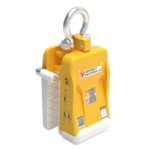
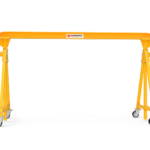
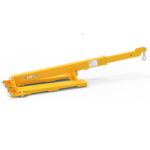

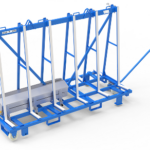

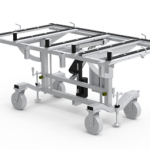
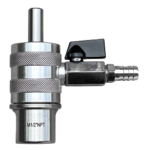
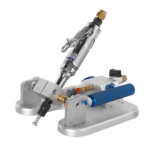


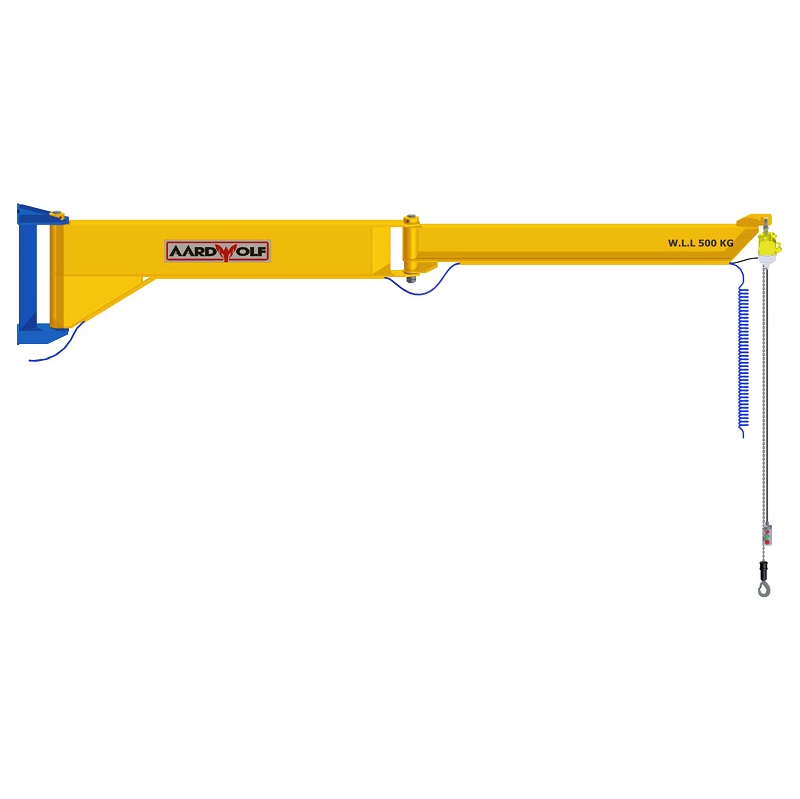
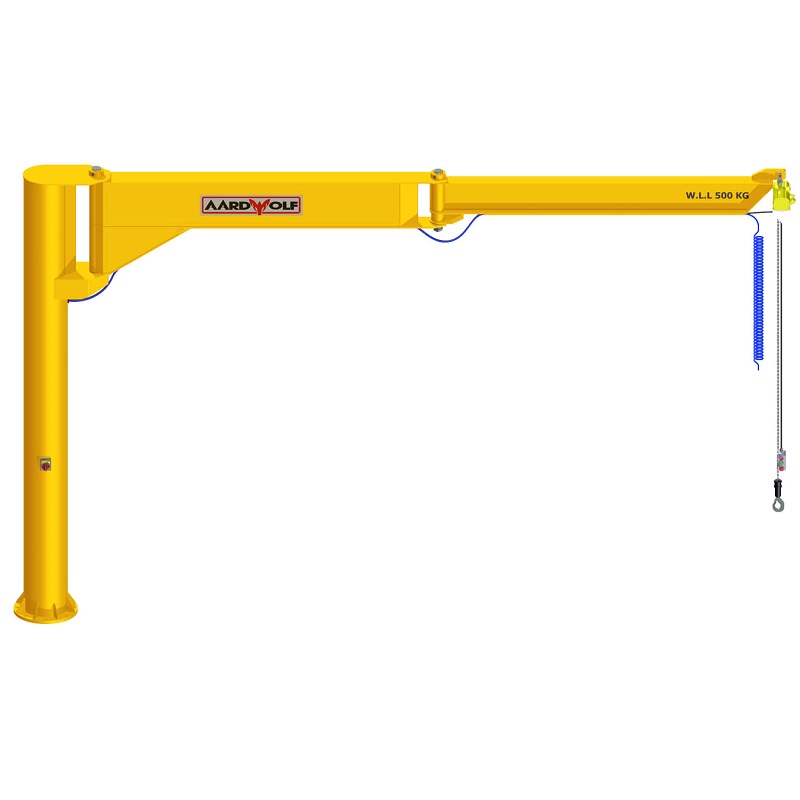
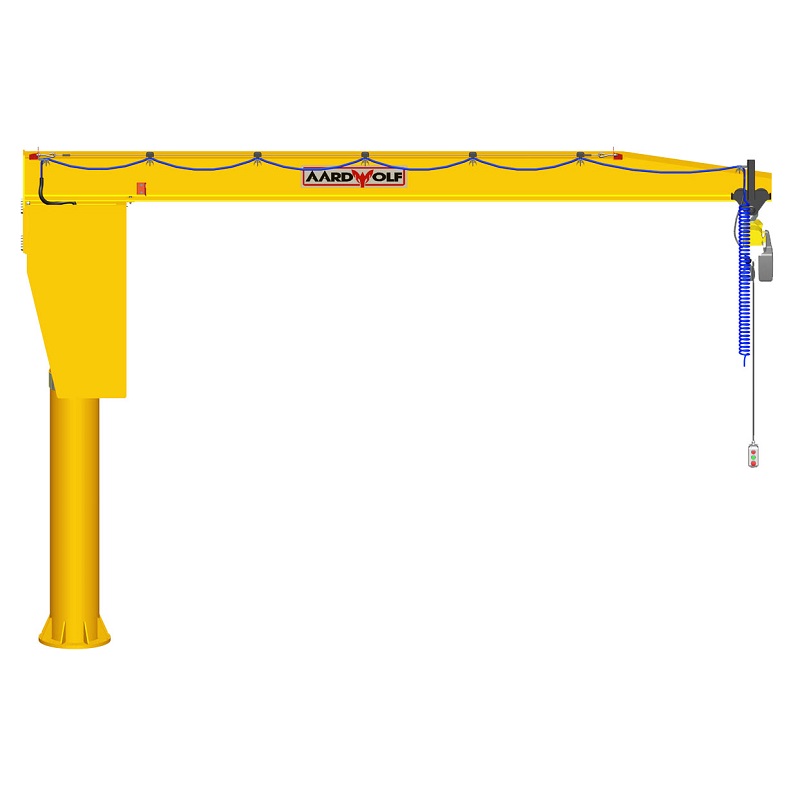
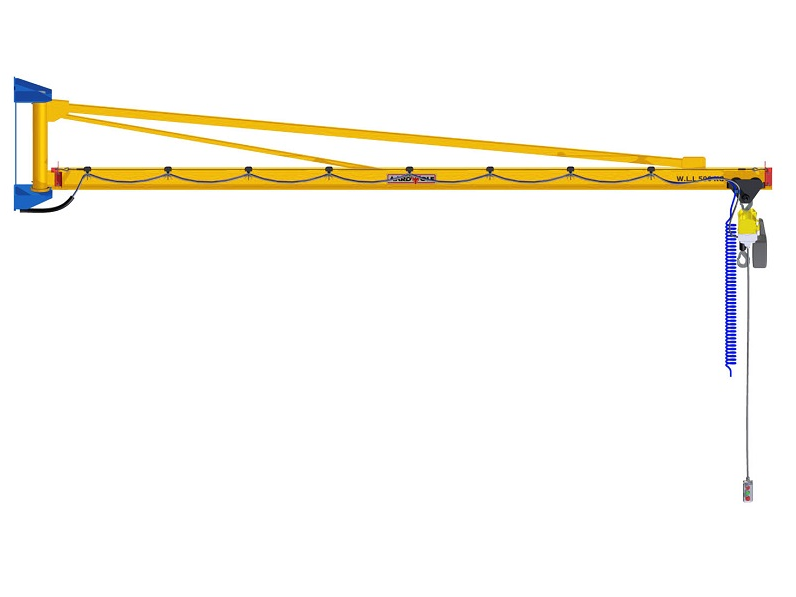

Please log in to leave a comment.